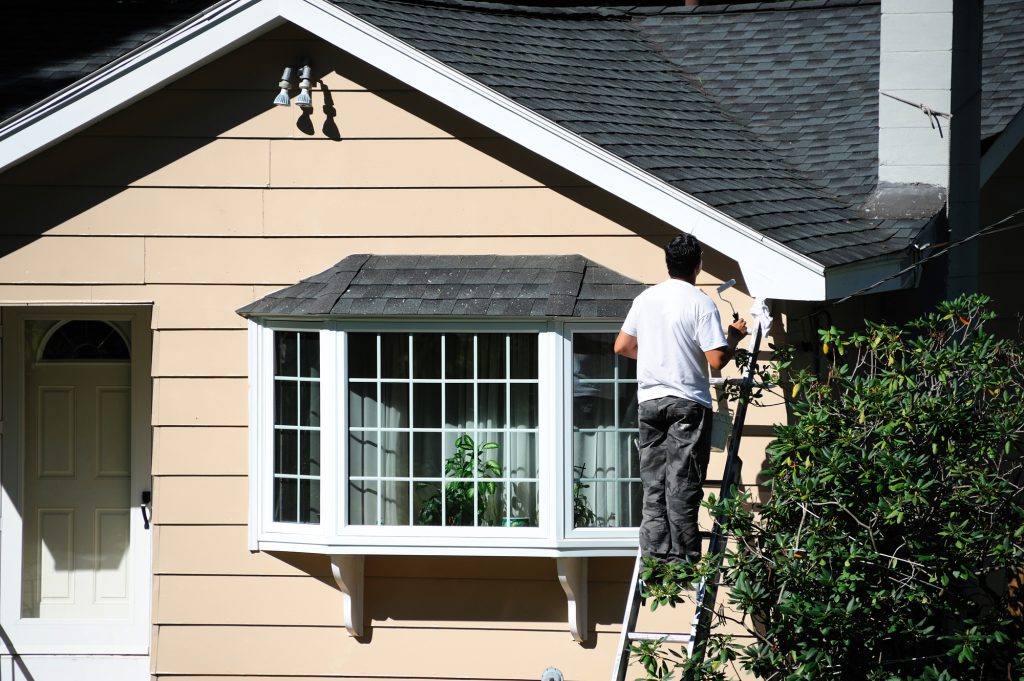What is the Best Temperature for Outdoor Painting and Stucco Work?

Is the stucco on your home exterior older than 5 or 6 years? What about your paint?
If the answer is yes, or simply, “No idea,” it may be the right time to repaint.
However, when it comes to choosing the best temperature for outdoor painting, or time of year, not all seasons are created equal.
Most Common Seasons
Right in line with spring or fall cleaning, the most common times of year to do a little sprucing up of your exteriors, is usually early spring or late summer.
Usually, these times of year have less rainfall or precipitation and have more moderate temperatures.
Unfortunately, these aren’t always the times you are free to do your painting. What then?
Paint During Moderate Temperatures
Before you get started, take a look at that paint can. Odds are the paint manufacturer listed a minimum temperature for painting.
Of course, with modern technology, these minimum temperatures have dropped quite a bit.
While 50 degrees used to be considered the lowest temperature you should paint, you can now get away with 40 degrees or even 35 degrees depending on the paint.
As long as you’re checking the can and sticking to the suggested minimums listed thereon, you should be safe.
If you choose to paint during winter or even an extra cool fall, be aware that paint does not cure well in colder temperatures.
While it may go on alright, it could end up peeling off if not applied during a moderate season.
If the Temperature Changes Quickly
As with many things in life, sometimes painting or redoing your outdoor stucco doesn’t go according to plan.
As our summers appear to be getting warmer here in Calgary, you may find that the only time you can get around to painting is late fall or mid-summer.
Keep in mind that paint does not cure as well if the temperatures suddenly drop from 90 degrees to 45.
That means fall might actually be a better time of year to paint as temperatures stay more static from day to night.
What to Do with Moisture
Yet another troubling and unavoidable aspect of painting your exterior is the unforeseen rain shower.
Paint should only ever be applied to completely dry surfaces.
If it does rain before your paint job concludes, it’s best to wait one full day before resuming your work.
Even if the surface you are stuccoing or painting does not feel wet to the touch, moisture can easily seep within a porous surface like masonry or wood and result in an ineffective paint job or slow drying.
In fact, moisture can become a problem even if it hasn’t rained in a while. If there has been any dew forming upon your painting surface, you may need to wait to resume painting.
The Best Temperature for Outdoor Painting
At the end of the day, if you are simply unable to paint your home during the summer months or late spring, don’t fret, fall can also have a great temperature for outdoor painting.
For ideas on the best exterior paint colors of 2018, check out our blog.
Need your house painted? You’ve come to the right place. Click here to check out our available services, take a look at our service locations, or get a quote today.
